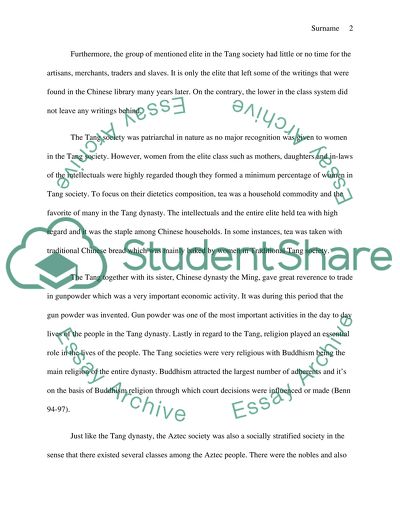Cite this document
(“Agrarian societies in history Essay Example | Topics and Well Written Essays - 1500 words”, n.d.)
Retrieved from https://studentshare.org/history/1445015-agrarian-societies-in-history
Retrieved from https://studentshare.org/history/1445015-agrarian-societies-in-history
(Agrarian Societies in History Essay Example | Topics and Well Written Essays - 1500 Words)
https://studentshare.org/history/1445015-agrarian-societies-in-history.
https://studentshare.org/history/1445015-agrarian-societies-in-history.
“Agrarian Societies in History Essay Example | Topics and Well Written Essays - 1500 Words”, n.d. https://studentshare.org/history/1445015-agrarian-societies-in-history.


